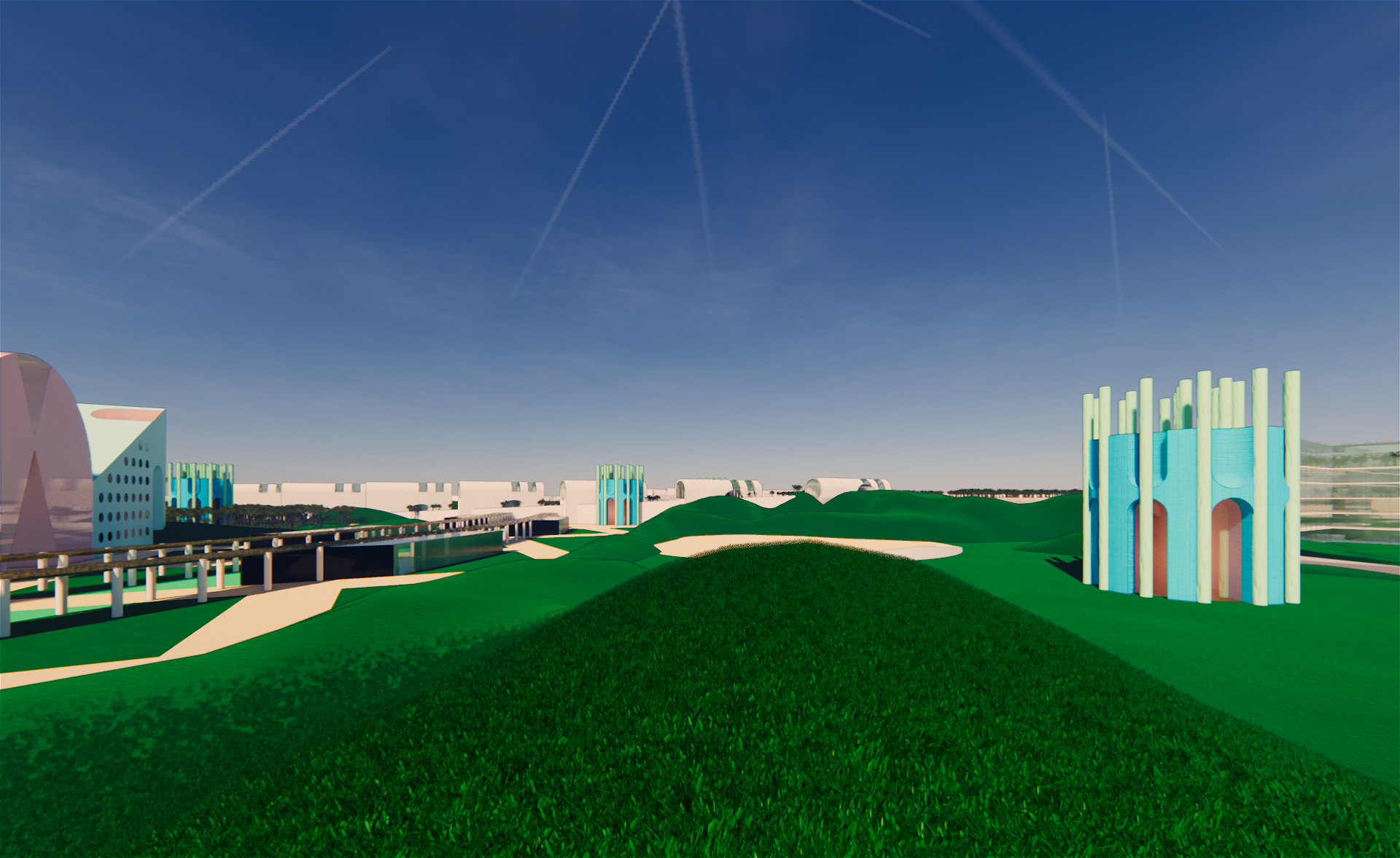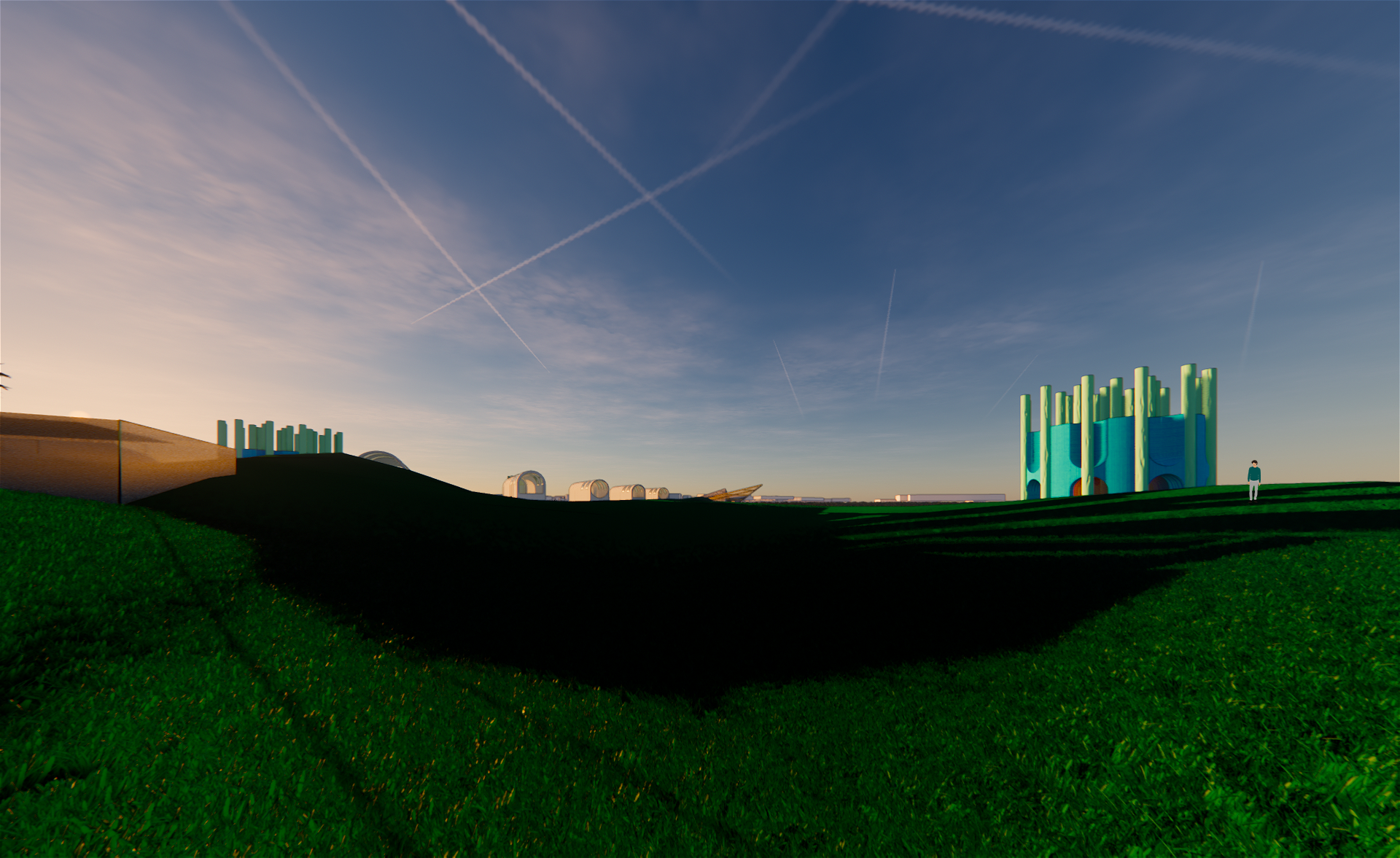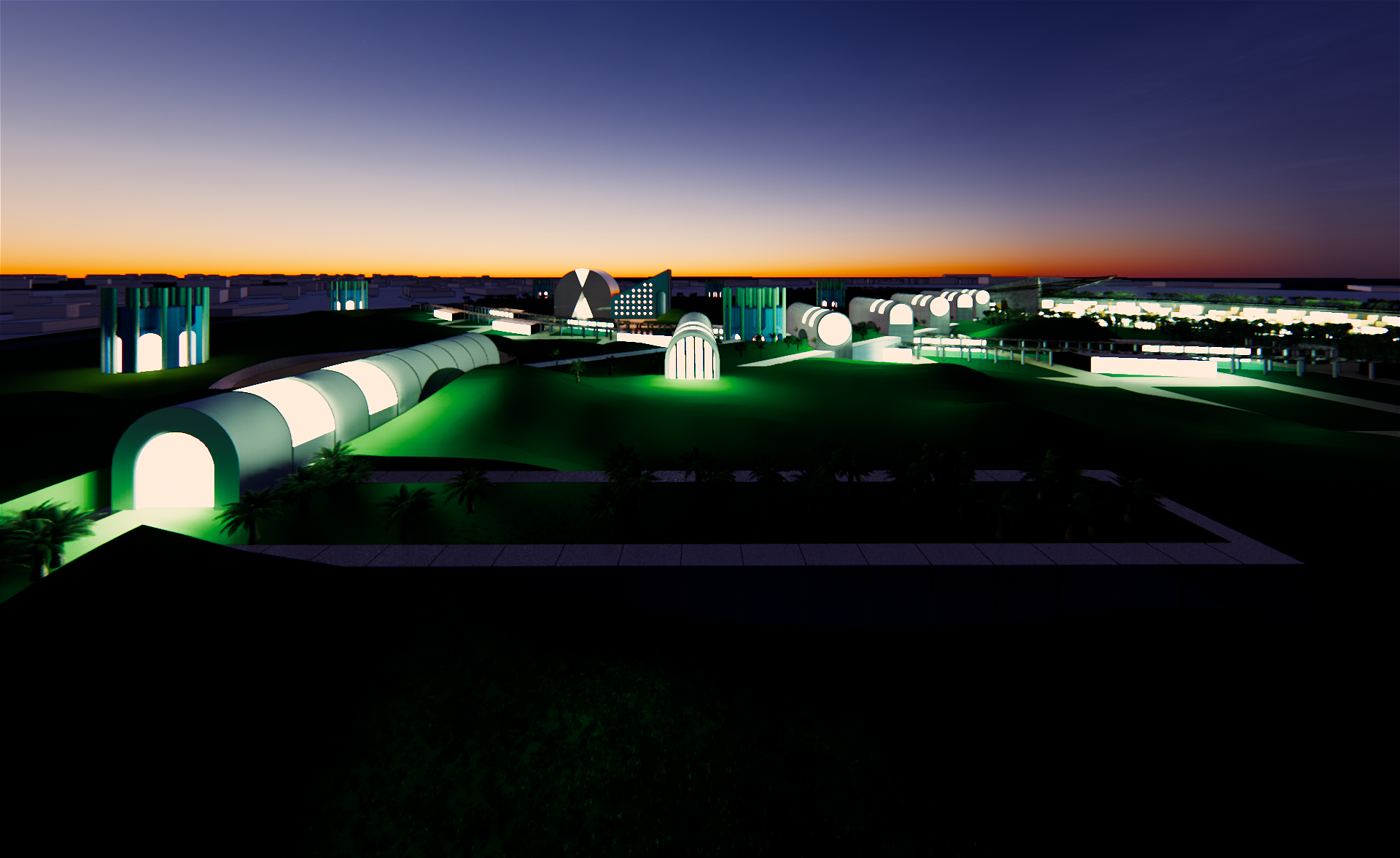Summed up, nNigerian architecture has both historical colonialist influences and native vernacular (Hausa and Yoruba) components. Cultural meaning, embodied in the vernacular, is strongly expressed in form and material, and the resulting architecture is both culturally symbolic and a reference to an earlier physical/psychological security. Native vernacular is driven by notions of tribal protection - semi-private enclosure, internal plazas, communal gathering spaces, something like a village of individual dwellings but captured in a single superstructure or compound. The scarcity of materials historically required the simple but effective use of geometric primitives: hollow squares, pyramidal or cylindrical construction traditionally arranged around a courtyard. These qualities were a catalogue to inform a concept for a new stadium typology and support complex.
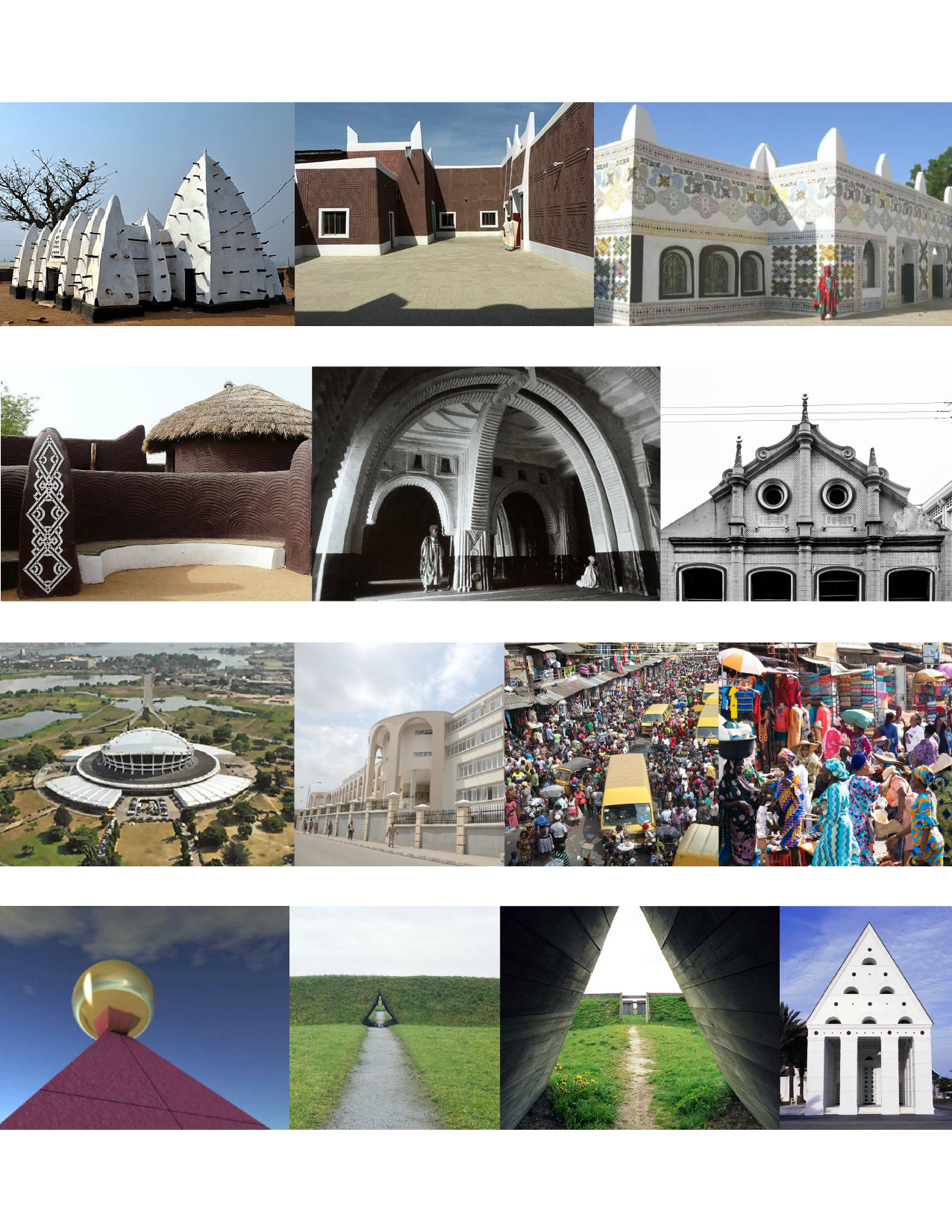
Koolhaas' notion of The African Dream... embodied in Lagos as a city in "a constant state of becoming."" Landfills such as Olusosun were created outside the city to store waste away from inhabitants. But as the city grew, the once isolated landfill became the city center. Olusosun is now surrounded by residential, commercial, industrial and even religious buildings... Plans to rehabilitate the landfill into a park include infrastructure beneath to harness methane emissions from the waste as energy for the city, and improve the country's electricity shortage.
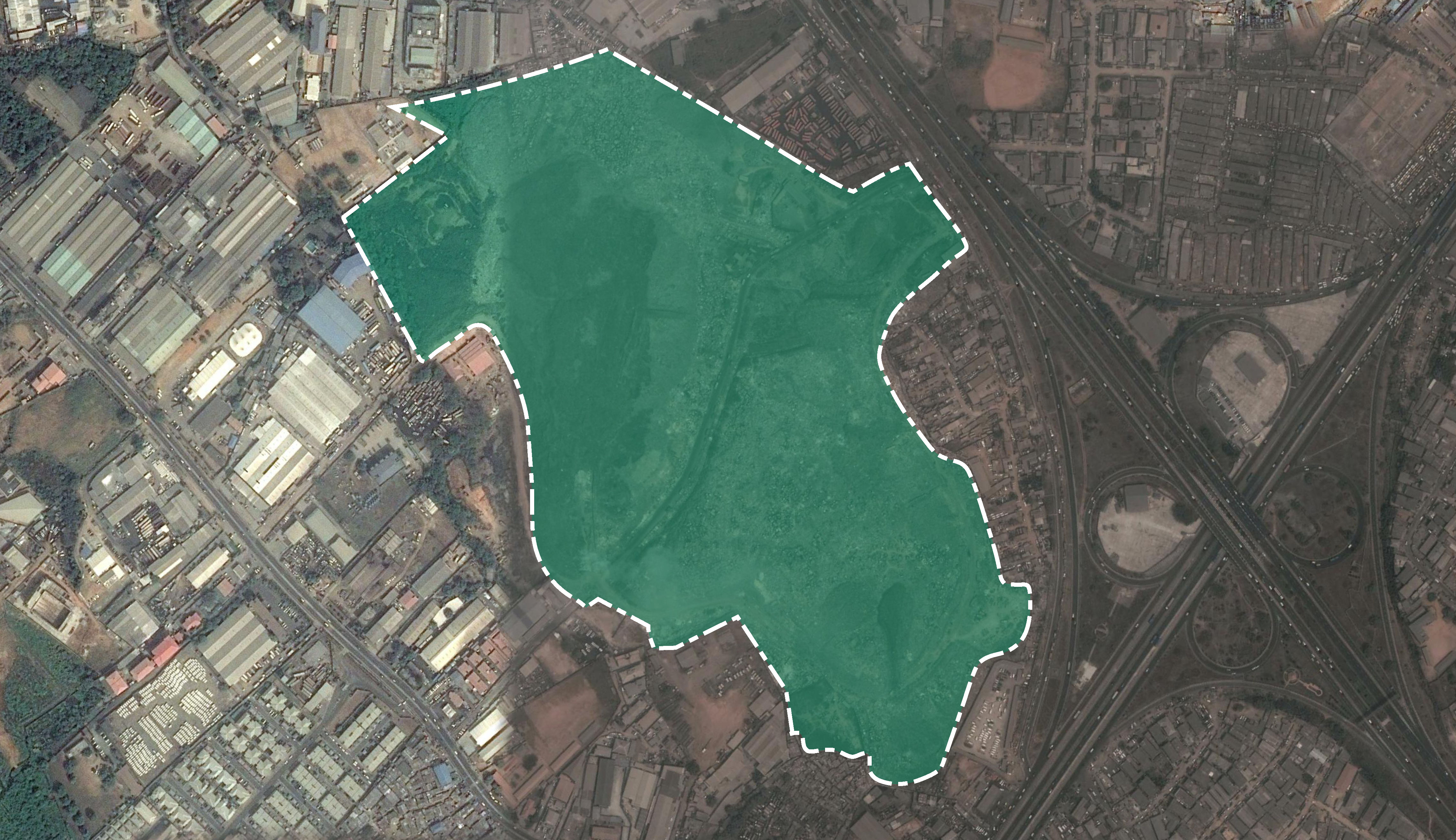
Lagos Rally is a new mixed-use stadium typology that becomes the anchor for a new urban development in Lagos, Nigeria. Lagos Rally takes the place of the former Olusosun landfill as a forward-looking hub for living, playing, working, shopping, and worshipping. There are six programs driven and inspired by local architectural history and formal qualities: 1) Olusosun Eghodo, 2) Bridge Academy, 3) Olusosun Akodi, 4) Olusosun Zaire, 5) Olusosun Obi, and 6) the Biobattery.
Building form at the Rally features qualities based on local architectural history: monolithic cob structures, ribbed vaulting, shallow domes and vault roofing, rectilinear and circular spatial characteristics. Materially, the Rally is deliberately ambiguous, suggesting economic expedience borrowing from the palette of local hausa architecture, particularly bronze-casting, an emphasis on light and color, and "primitive" geometry. The result is an expression of economic expedience and the convergence of the traditional and the modern.
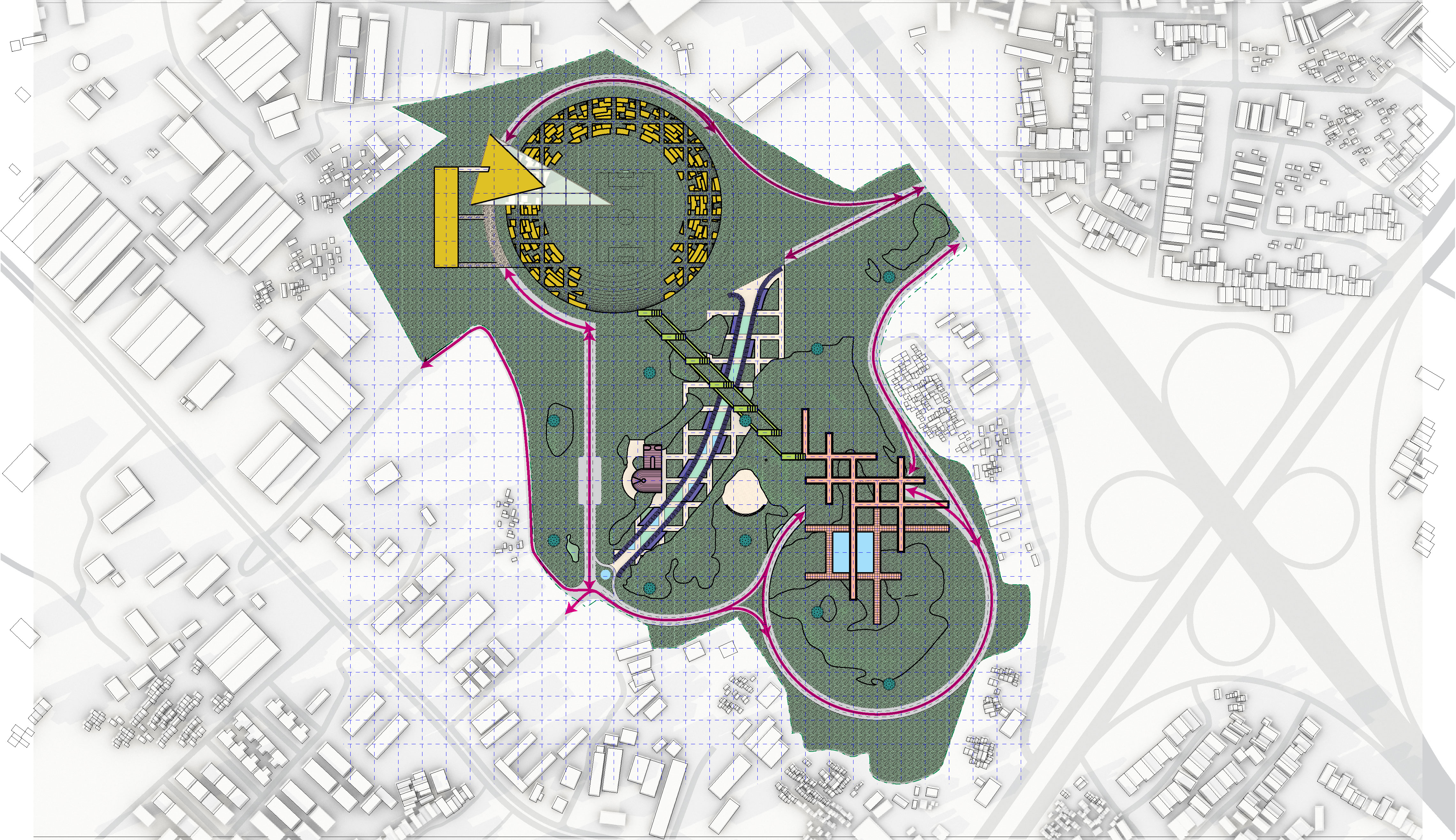
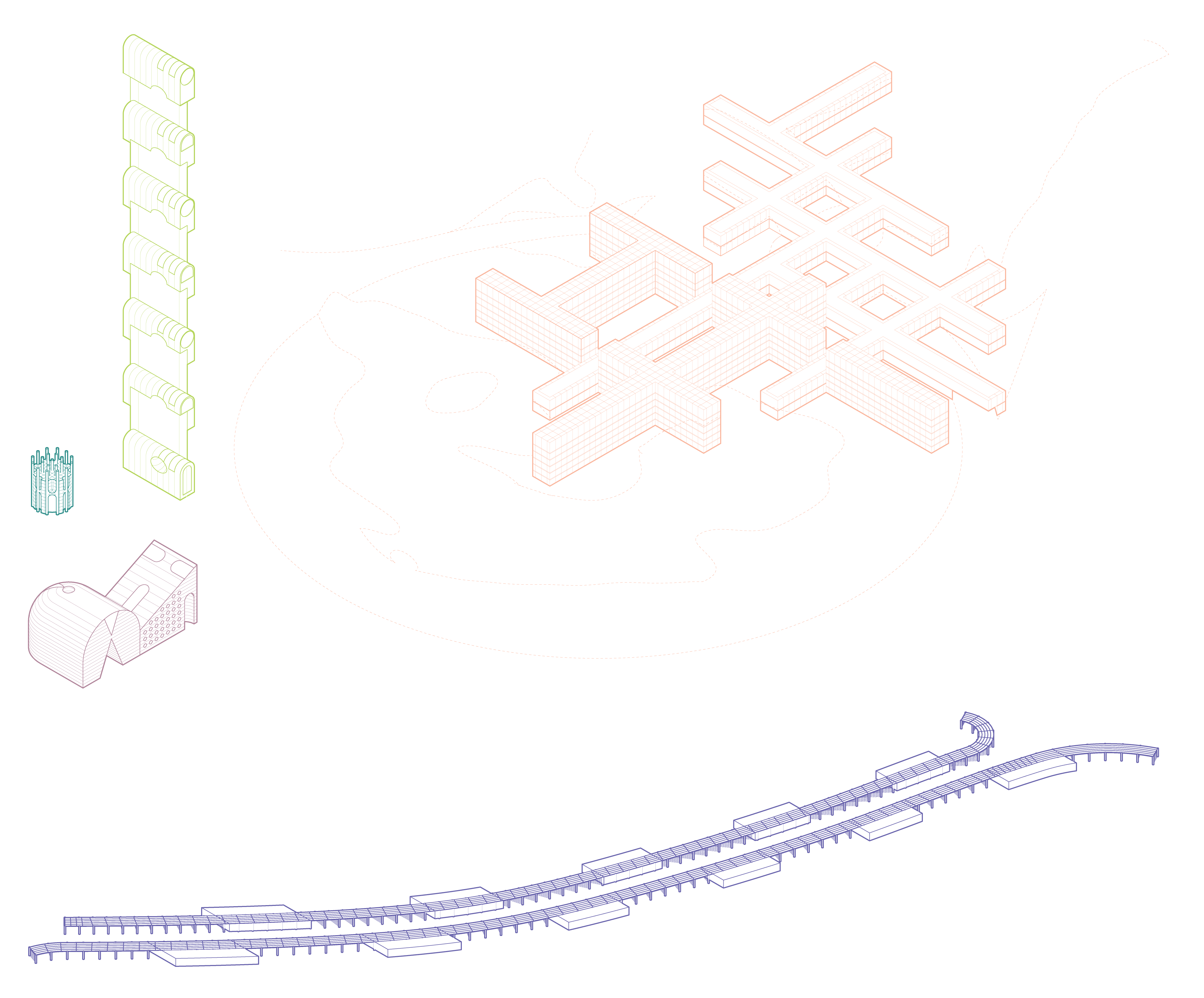
Olusosun Eghodo
The stadium is the main impluvium, traditionally as unifying space for family rituals, entertainment, war planning it symbolized protection, but now takes on the additional function of housing. The new stadium supplements bleacher seating with multi-tenant housing units at multiple elevations within the stadium - democratized box seating.
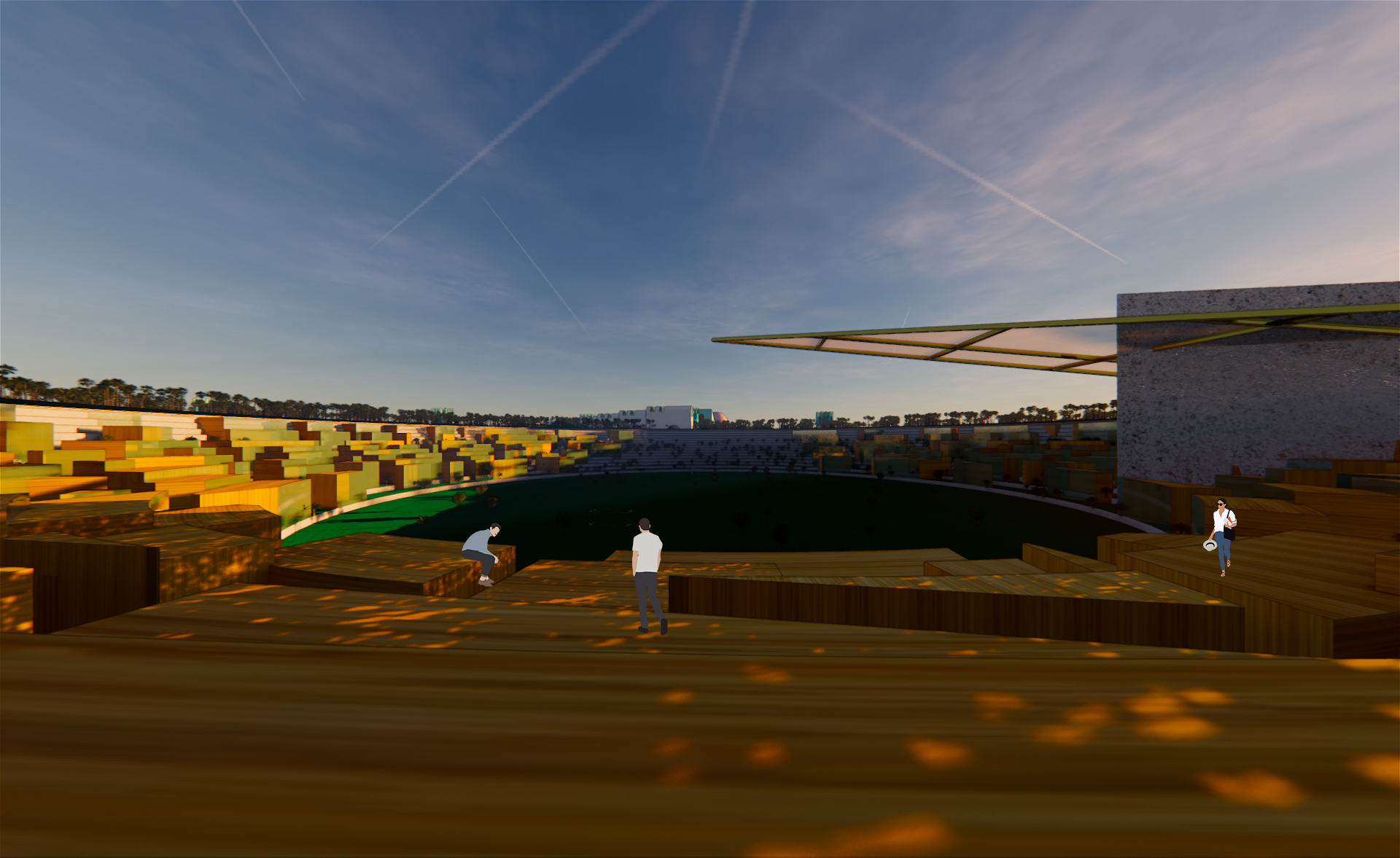
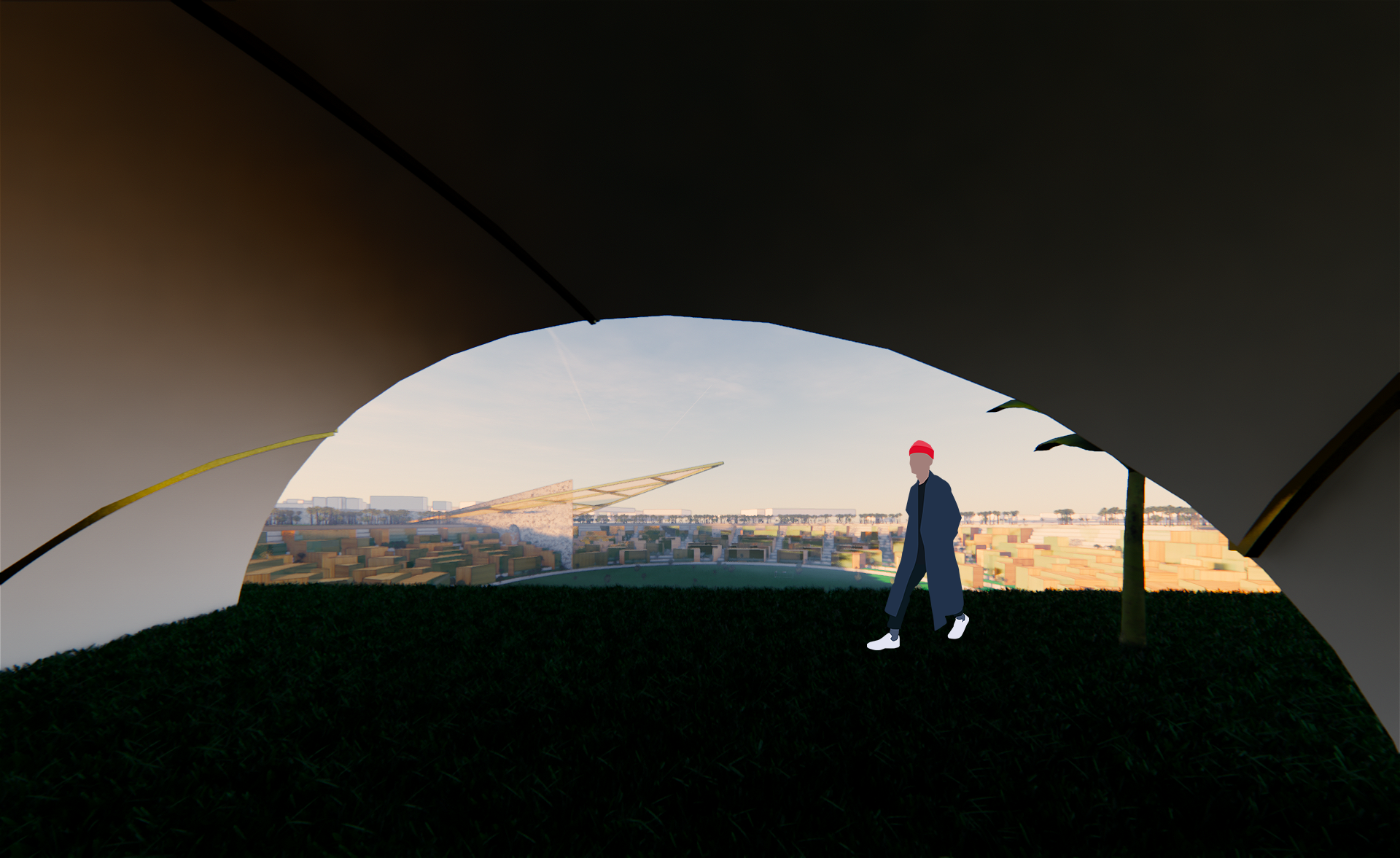

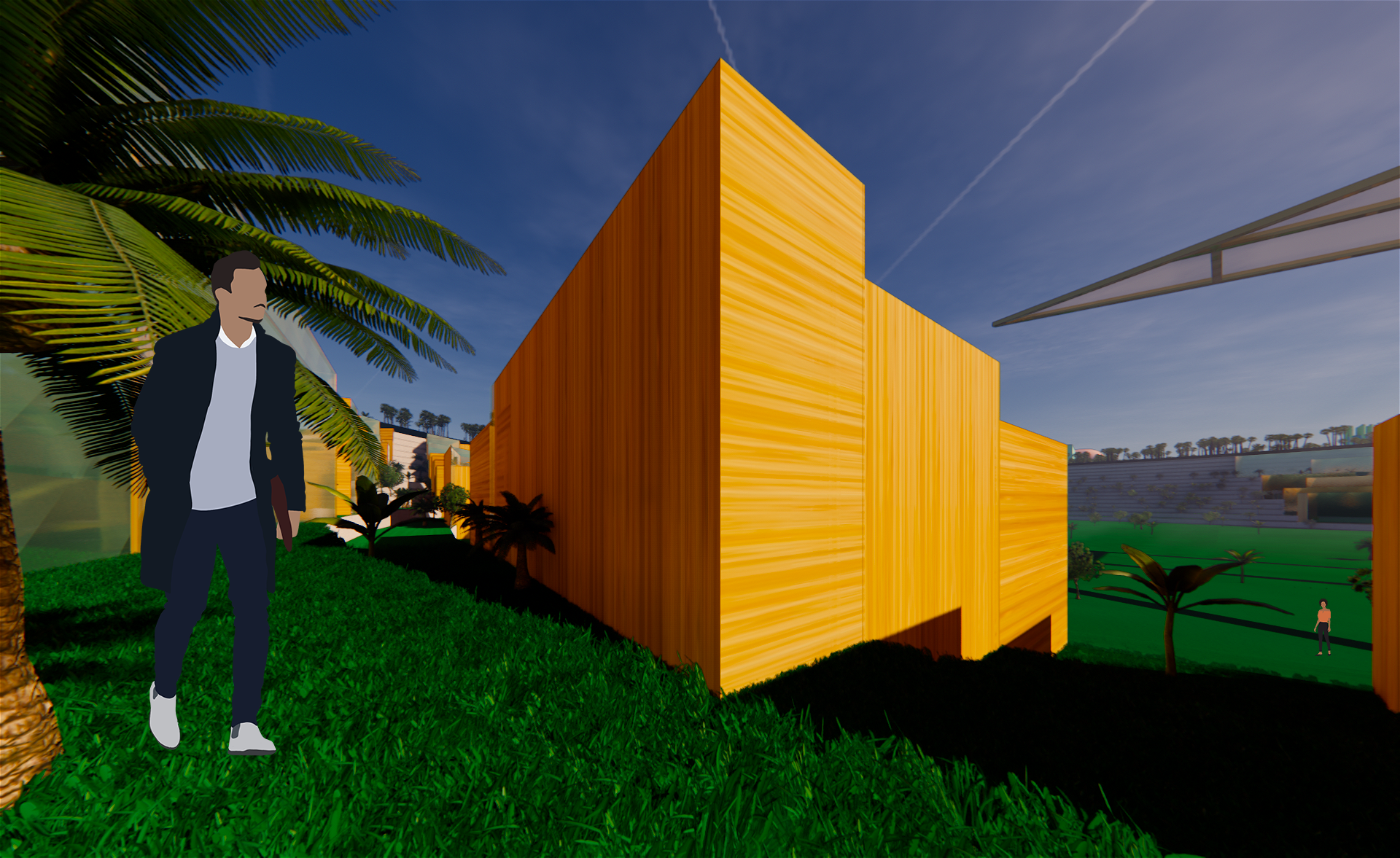
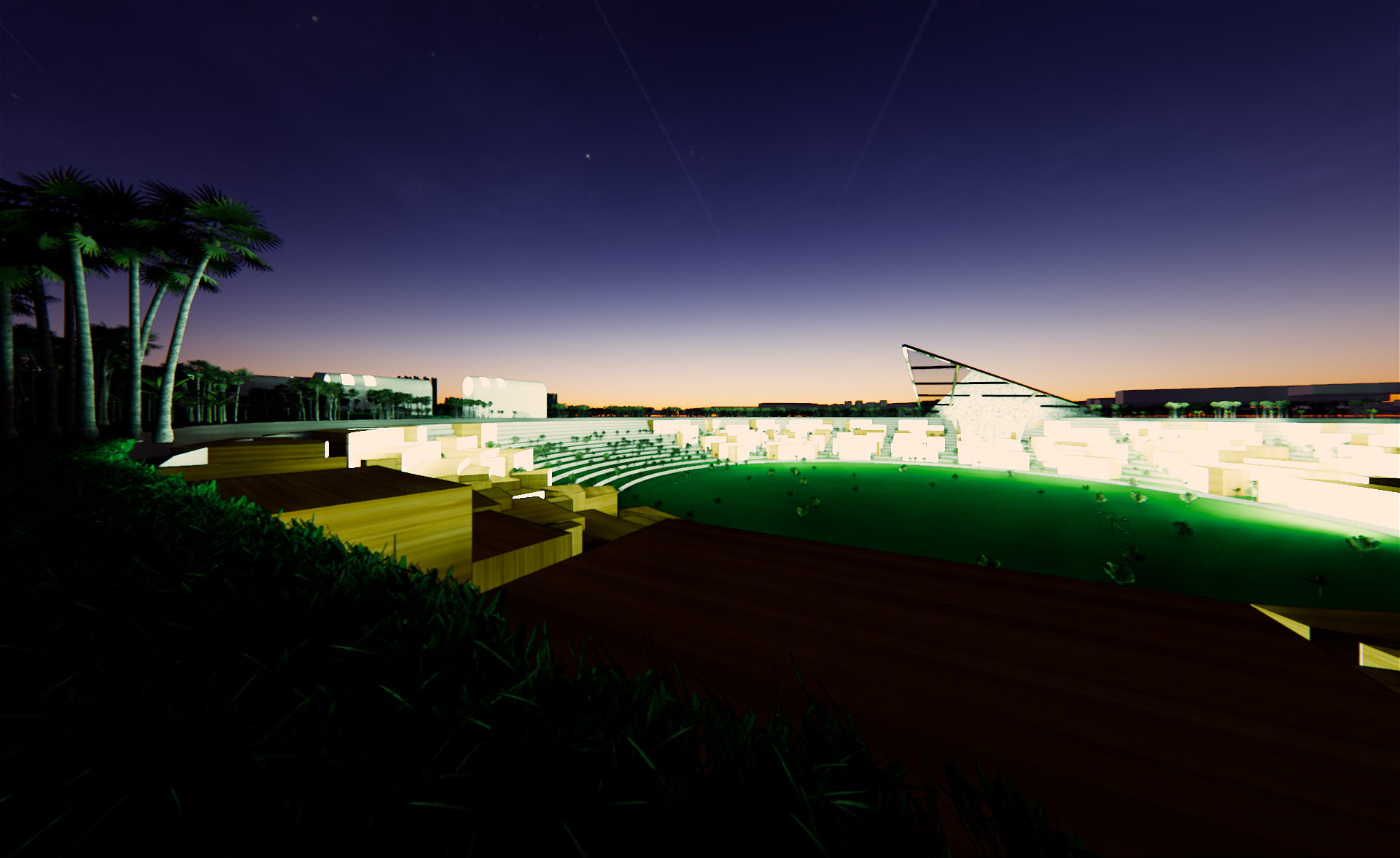
Bridge Academy
The newest university in Lagos with bright lecture and event spaces to accommodate both locals and international students. The Bridge literally connects the Egodo stadium community with the Obi wellness center, symbolizing the actual connection between mind and body.
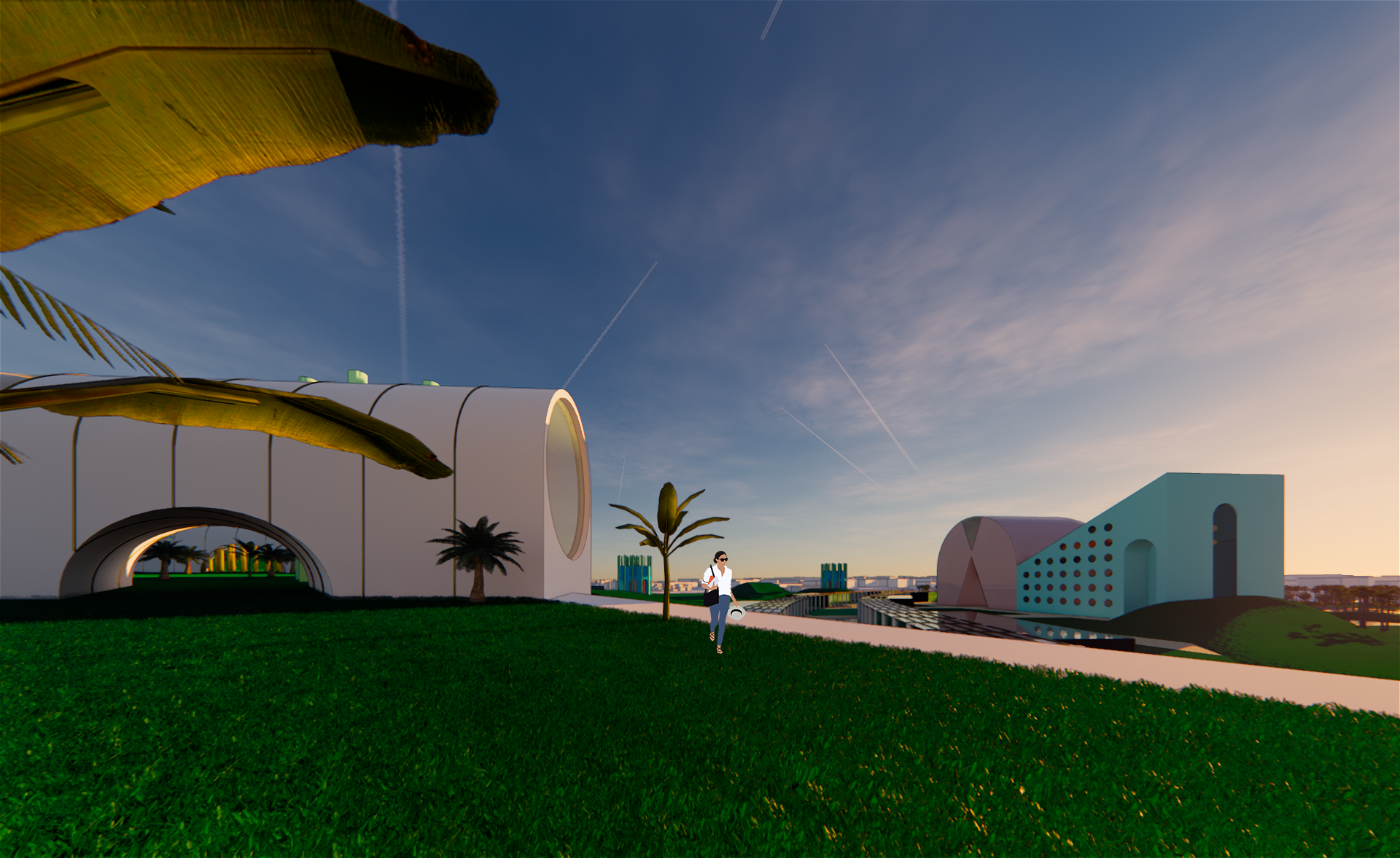

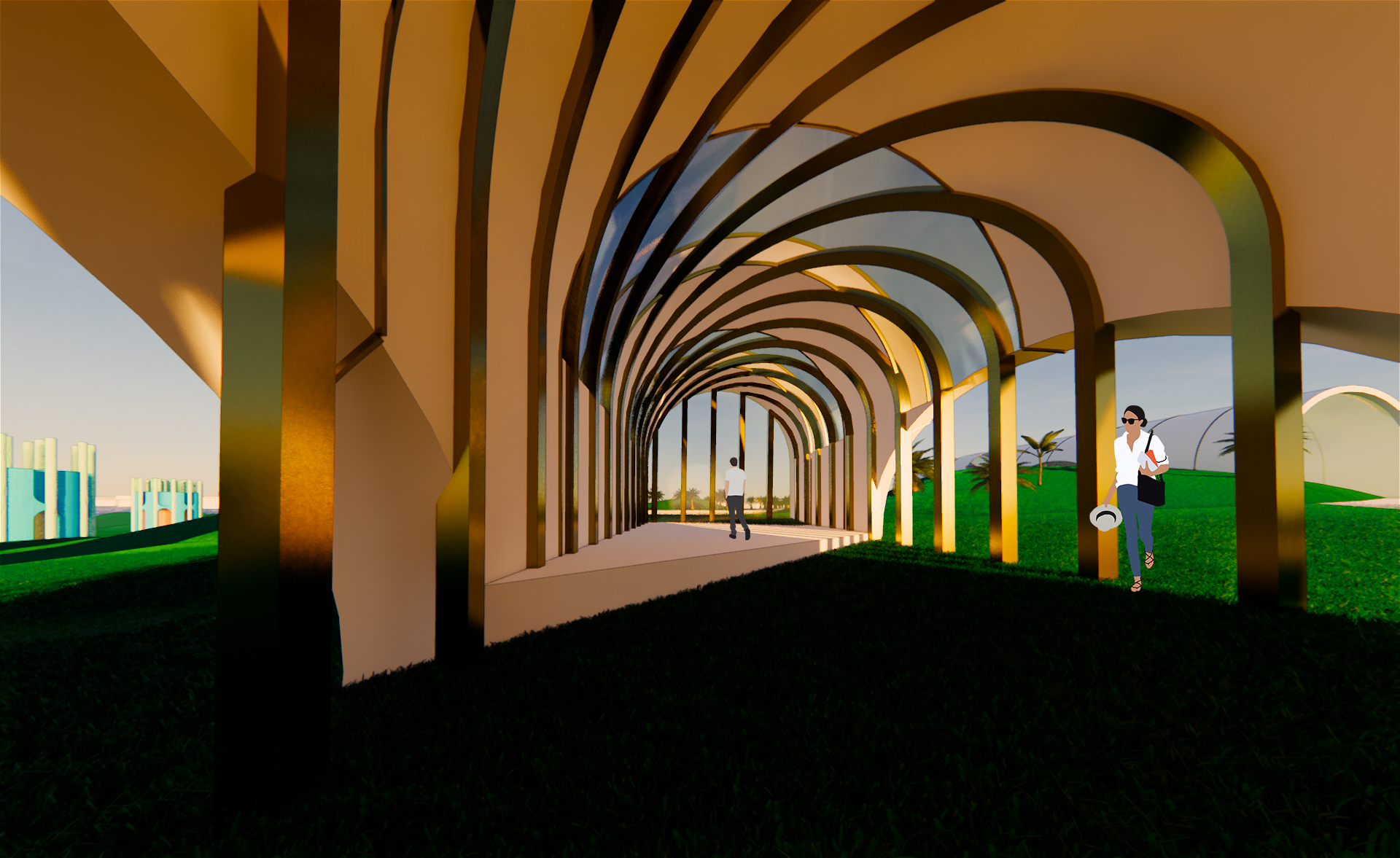
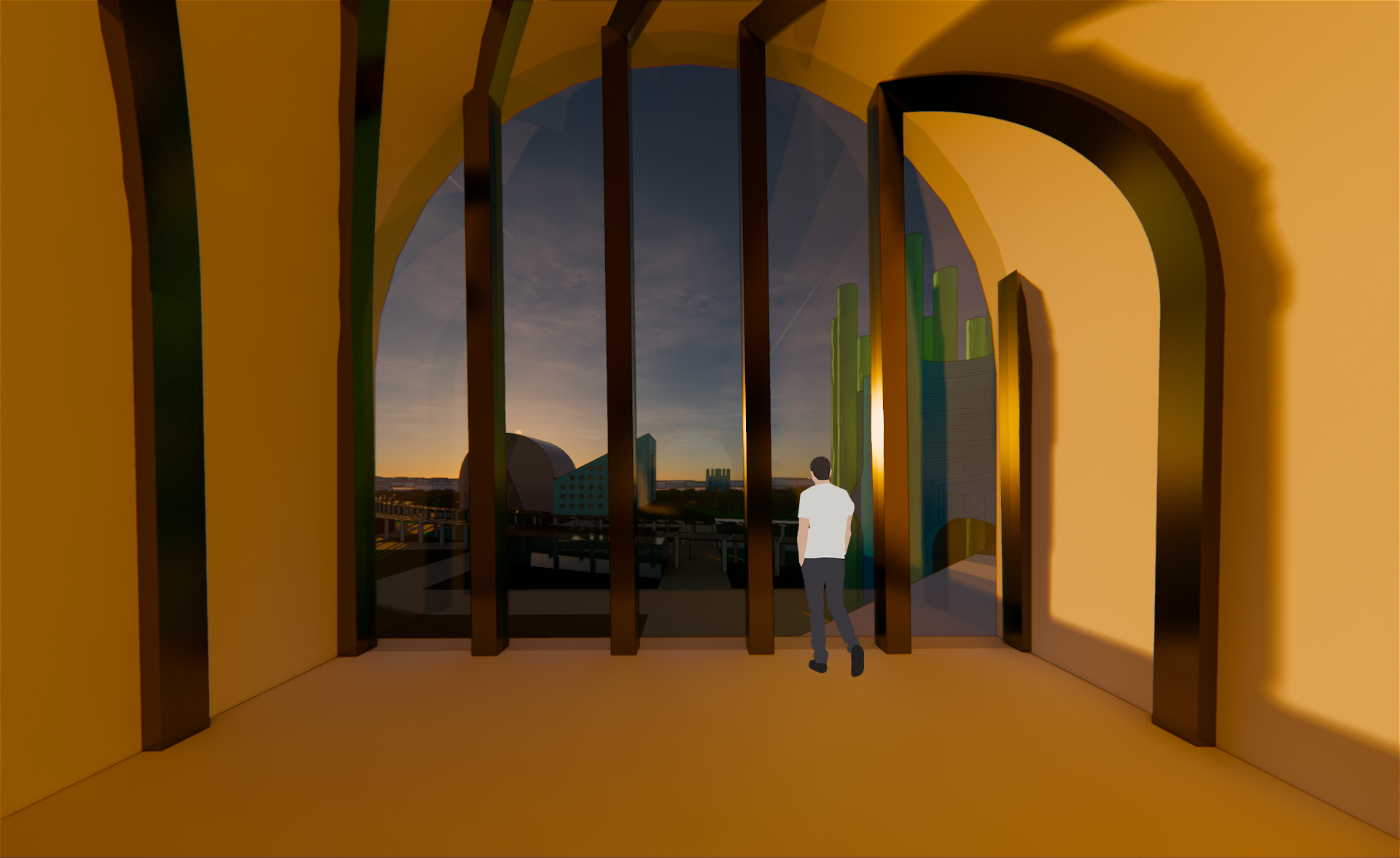
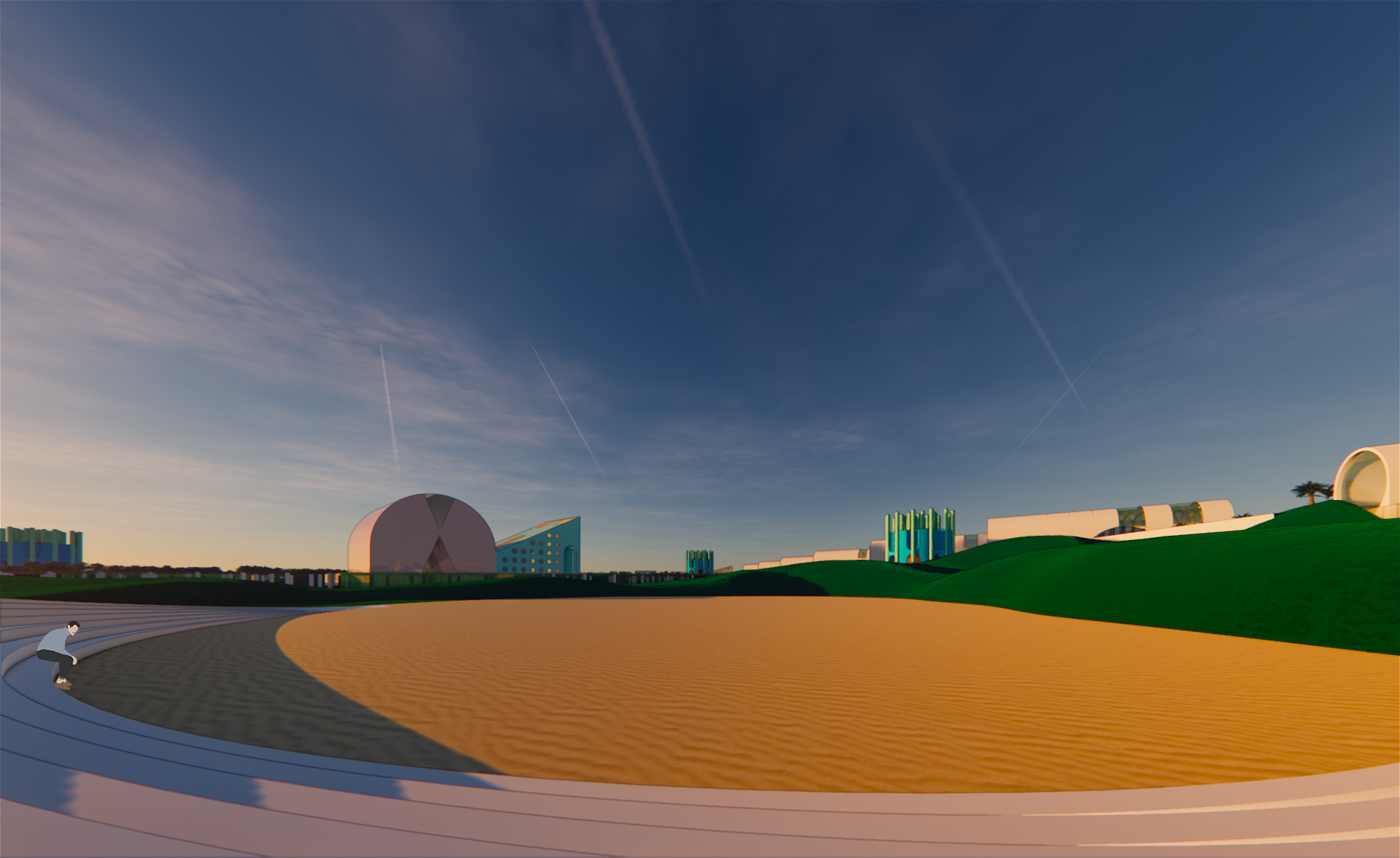
Olusosun Akodi
The Akodi is a quarter-mile, pedestrian-only retail strip with leasable spaces and first-come-first serve "pop-up" stalls organized around column bays that creates a dynamic outdoor mall.
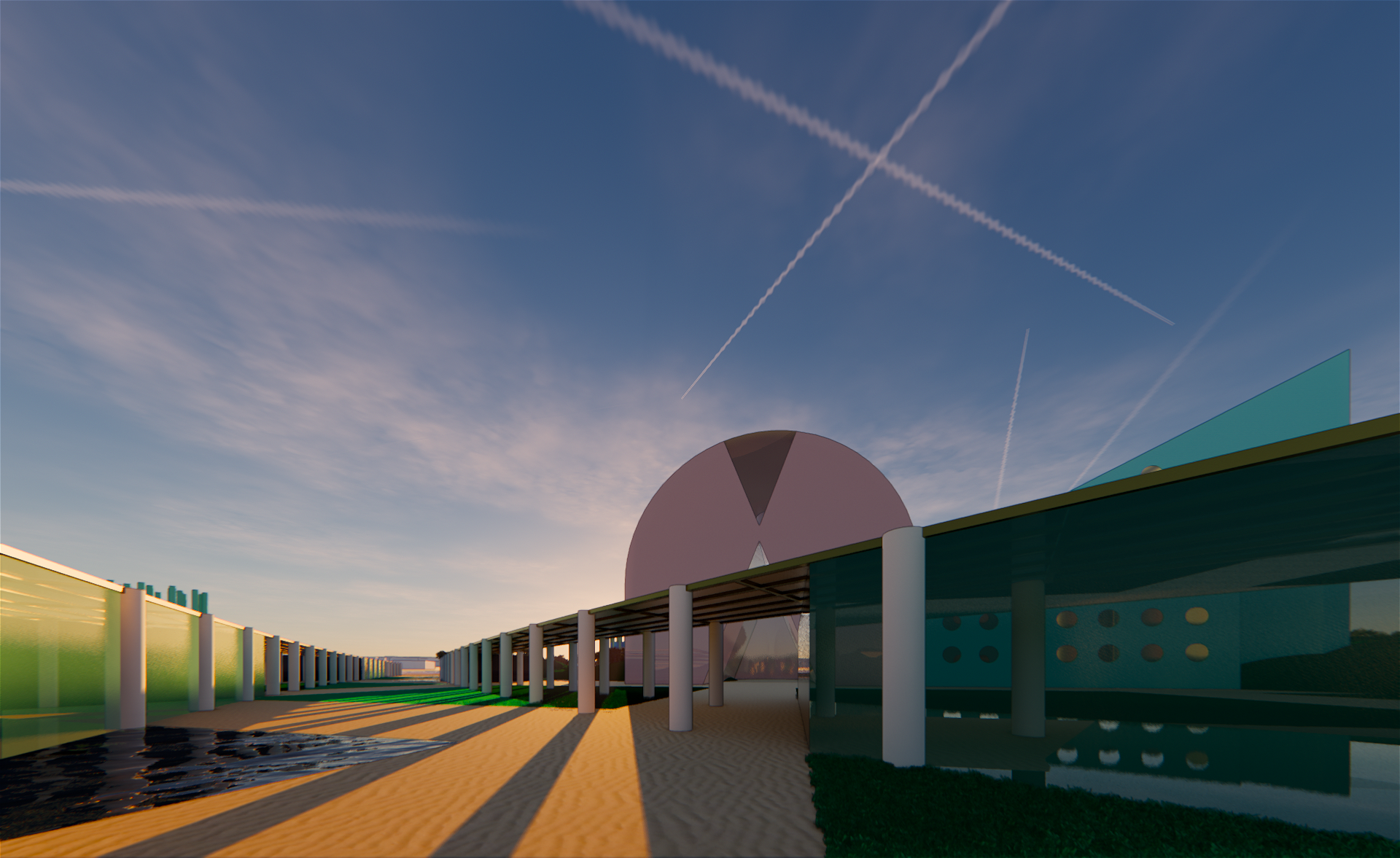
Olusosun Zaire
The Zaire is a hybrid mosque-church accommodating prayer halls, smaller chapels and confessional boxes. It also contains a conjoined auditorium for theological seminars and a community center to foster discussion and cooperation among Muslim and Christian congregations.
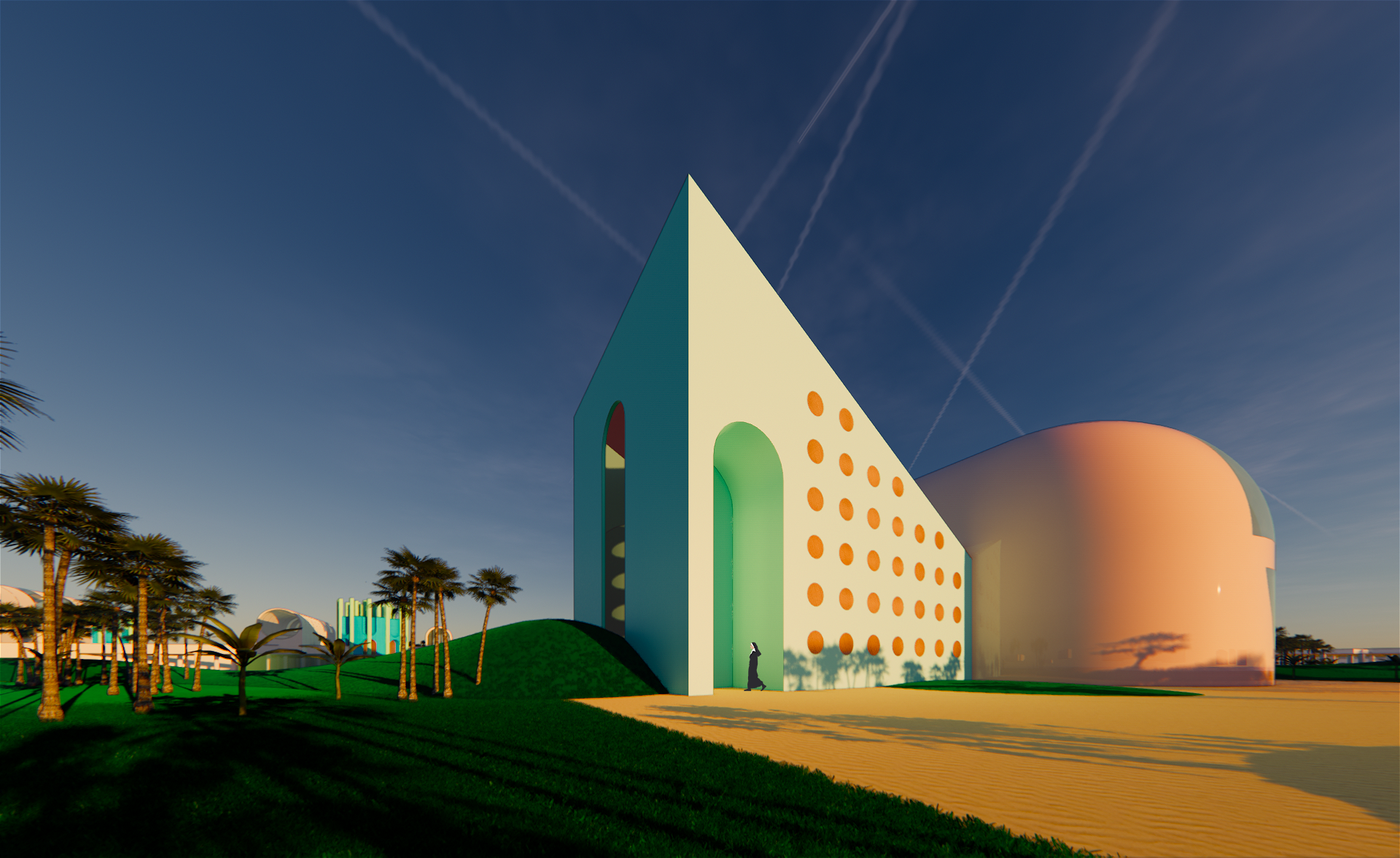
Olusosun Obi
Traditionally a personal space for the family head and other socio-culturally significant events, the Obi is an idea and physical structure that becomes a center for wellness. It takes the meaning and power of the traditional courtyard as a center for social exchanges and transposes it into an extra-wide corridor. The corridor becomes the building, program being both central and transient.
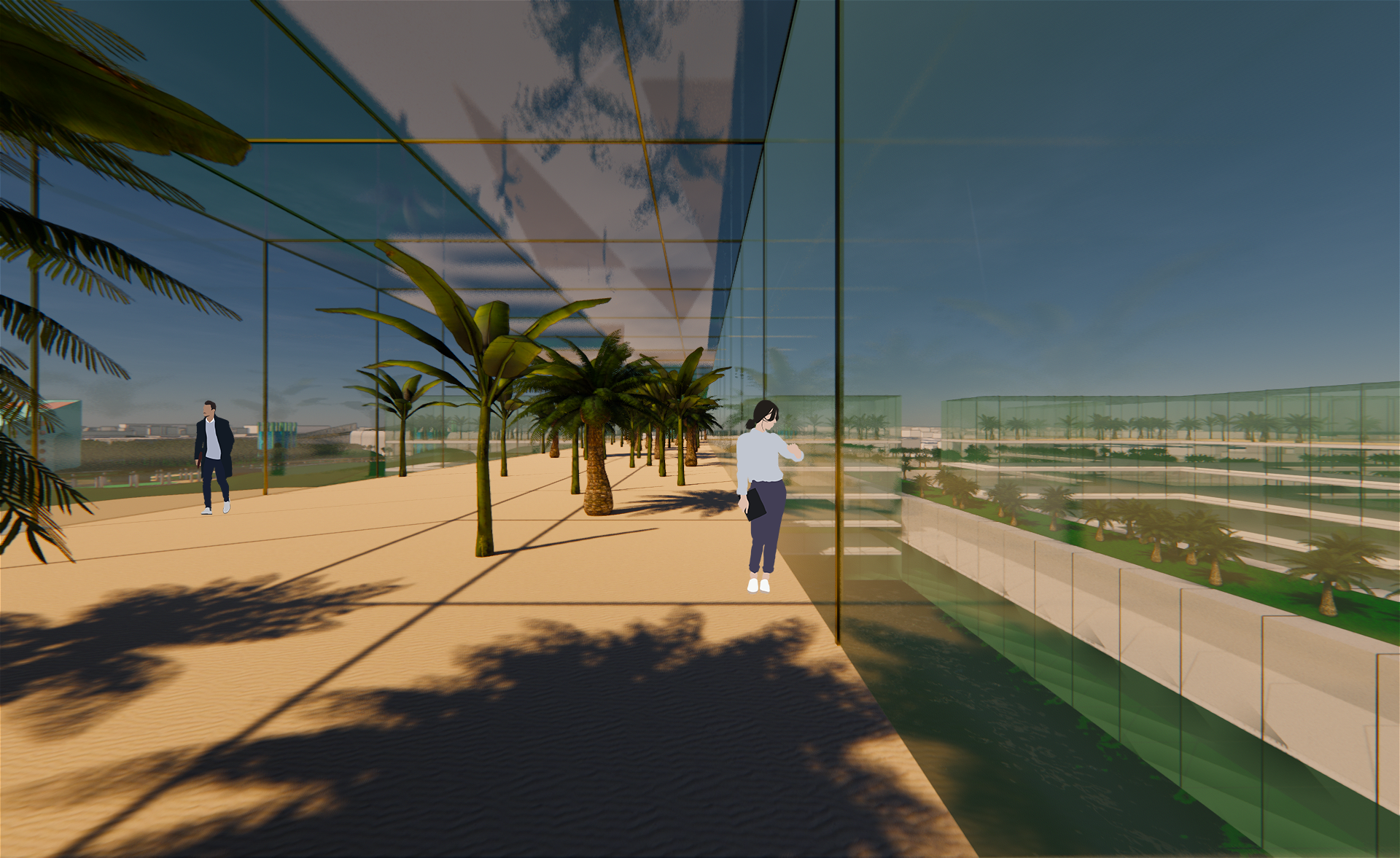
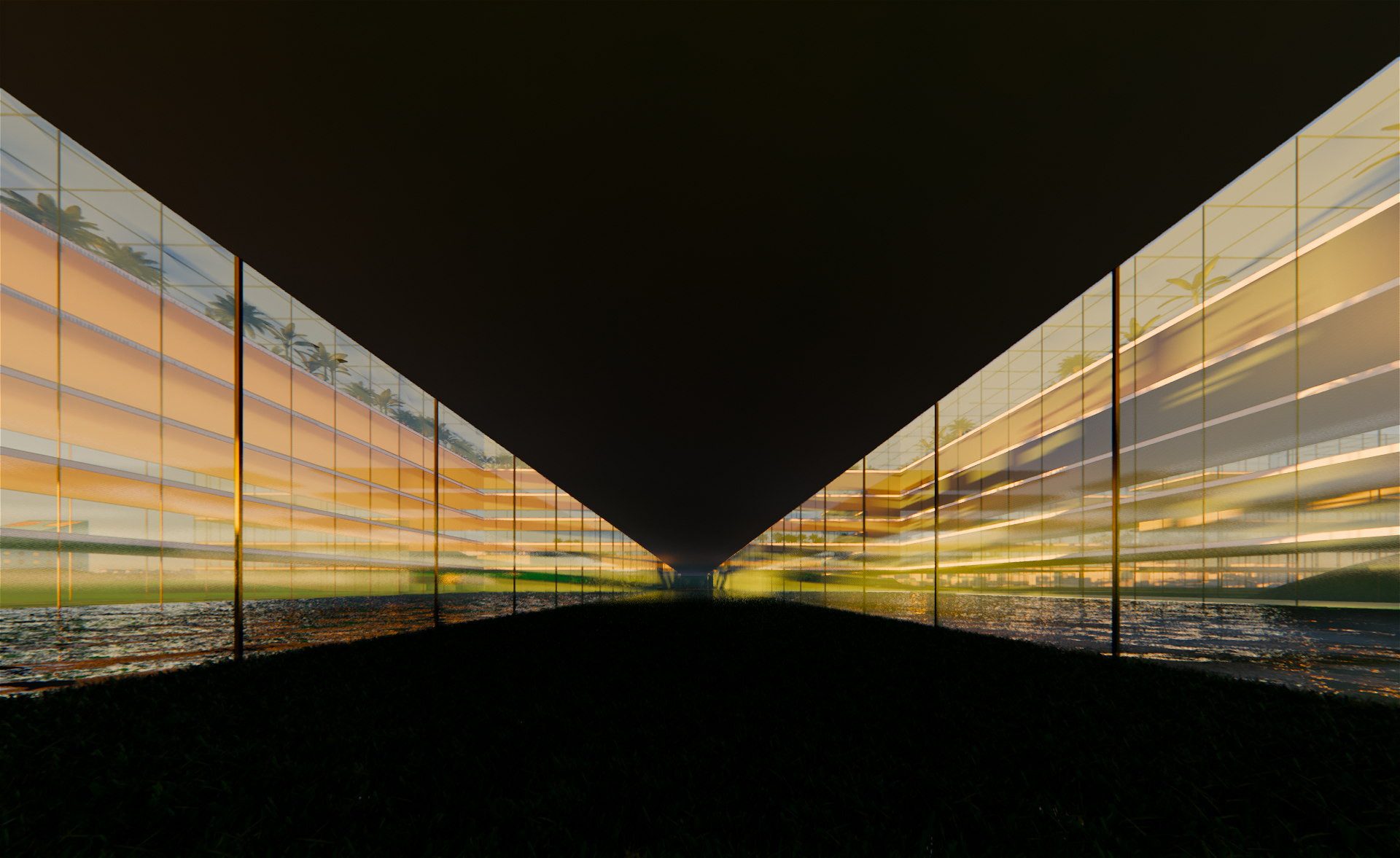
Biobattery
Biobatteries vibrantly dot the new Olusosun landscape. The batteries convert the heat and off-gassing of the landfill beneath into cheap and efficient energy, acting as mini power plants with a minimal building footprint.

